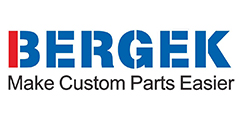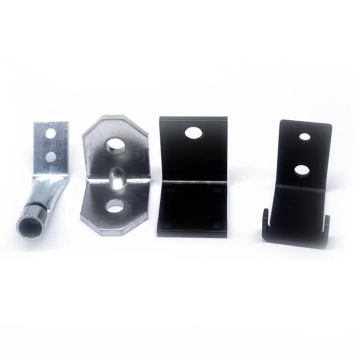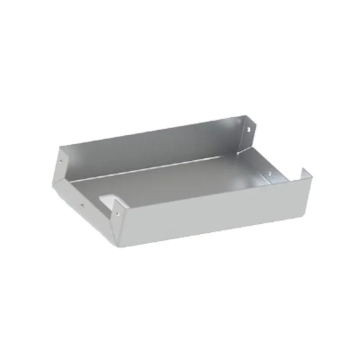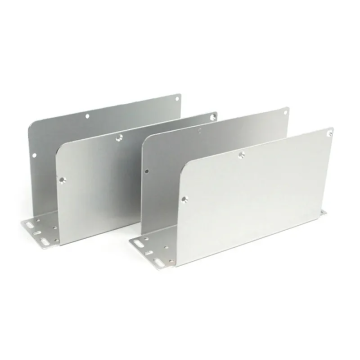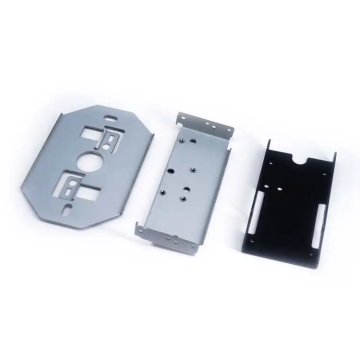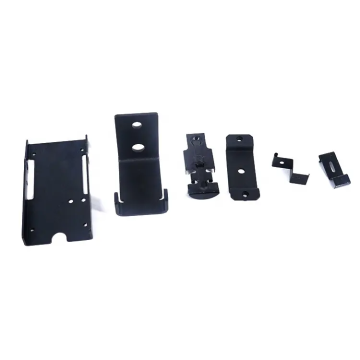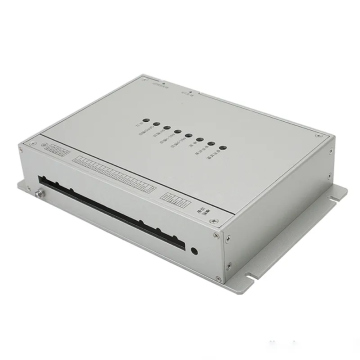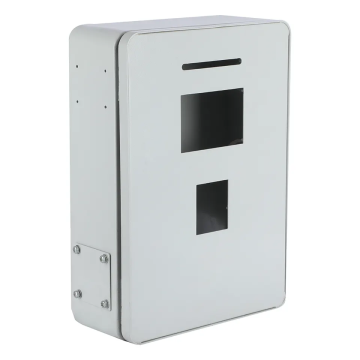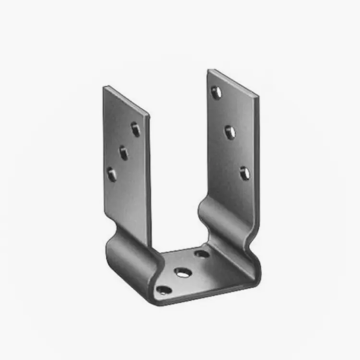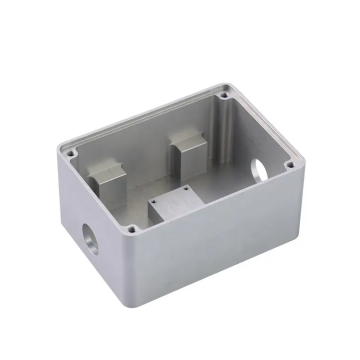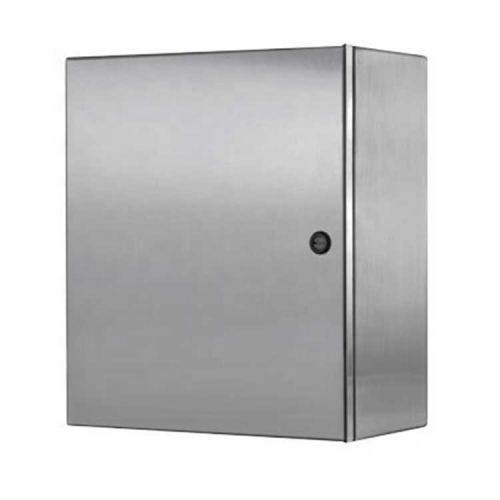
metal supply enclosure fabrication
-
$6.00≥10 Piece/Pieces
- Min. Order:
- 10 Piece/Pieces
- Min. Order:
- 10 Piece/Pieces
- Transportation:
- Ocean, Land, Air
- Port:
- ShenZhen
Your message must be between 20 to 2000 characters
Contact Now| Place of Origin: | China |
|---|---|
| Productivity: | 10000 |
| Supply Ability: | 8000000 |
| Payment Type: | L/C,T/T,D/P,Paypal |
| Incoterm: | FOB,CFR,CIF,EXW,FCA,CPT,CIP |
| Certificate: | IOS9001 |
| HS Code: | Non |
| Transportation: | Ocean,Land,Air |
| Port: | ShenZhen |
Many Protocase users are specialists in their field of engineering or science but don’t necessarily have specific training in metal fabrication or design. Creating optimal enclosure designs that reflect your requirements and intent can be challenging at the best of times, let alone when it’s unchartered territory. That’s why, over the past decade, we’ve created resource material to share our knowledge of sheet metal and enclosures, including this sheet metal design guide. My hope is this will act as a how-to guide to help you get started, as well as save time and unnecessary redesigns in the long run.
Metal selection
As a first step in designing an enclosure, you need to choose the type of metal you will use and its thickness. Protocase stocks all of the metals generally used to make enclosures, including aluminum, stainless steel, carbon steel (cold-rolled steel or galvanneal) and copper. Below is a description of the differentiating characteristics of each, which help you make an informed choice.
Aluminum is a lightweight corrosion-resistant metal that is great for enclosures and sheet metal parts. Aluminum can be powdercoated or left unfinished as bare metal or grained finish. If electrical contact is required, it must be chem-filmed (chromate coated). Aluminum can also be anodized, which puts a hard, durable protective oxide coating on it.
Aluminum has a lower stiffness than steel and in certain circumstances; a thicker gauge may be required to have the same strength as steel and meet your design needs. (Contact us if you need help with this).

We stock two alloys:
5052 Aluminum is ideal for sheet metal enclosures and parts, since it can be bent to a tight radius without cracking, as well as easily welded and machined.
6061 Aluminum is easy to machine but is more susceptible to cracking when bent to tight radii.
Cold rolled steel is also used for general-purpose enclosures and sheet metal parts, about as often as aluminum. It offers a good combination of cost and stiffness and has long-term durability in indoor applications when finished with powdercoat. Cold rolled steel is not inherently corrosion resistant; if your application requires this, your best options would be aluminum, stainless steel or galvanneal.
Stainless steel has high strength and the stiffness of cold rolled steel but is highly corrosion resistant because of its chromium and nickel. Stainless steel can be powdercoated or left unpainted as bare metal, or grained finish which gives that sought-after brushed look.
Galvanneal is a low-carbon steel that is coated with zinc and then annealed so that the zinc bonds via diffusion into the substrate, thereby preventing flaking. The coating makes it much more durable than cold-rolled steel in wet environments, though not as durable as stainless steel or aluminum.

Why Choose Bergek
professional custom CNC Machining Parts Manufacturer in China
* Guangdong Aluminum Application Precision Technology Co, Ltd was established in 2012 and has over 10 years experience of in researching. developing and manufacturing CNC Machining Parts
* We have the recognition of famous brand customers all over the world
* Our company has more than 200 professional employees and over 10000 sqm modern factory area
* Our products own many patents and quality system certifications ISO 9001
* Our products own many patents and quality system certifications ISO 9001 is over 250,000 tons, exported to over 120 countries.
Related Keywords

